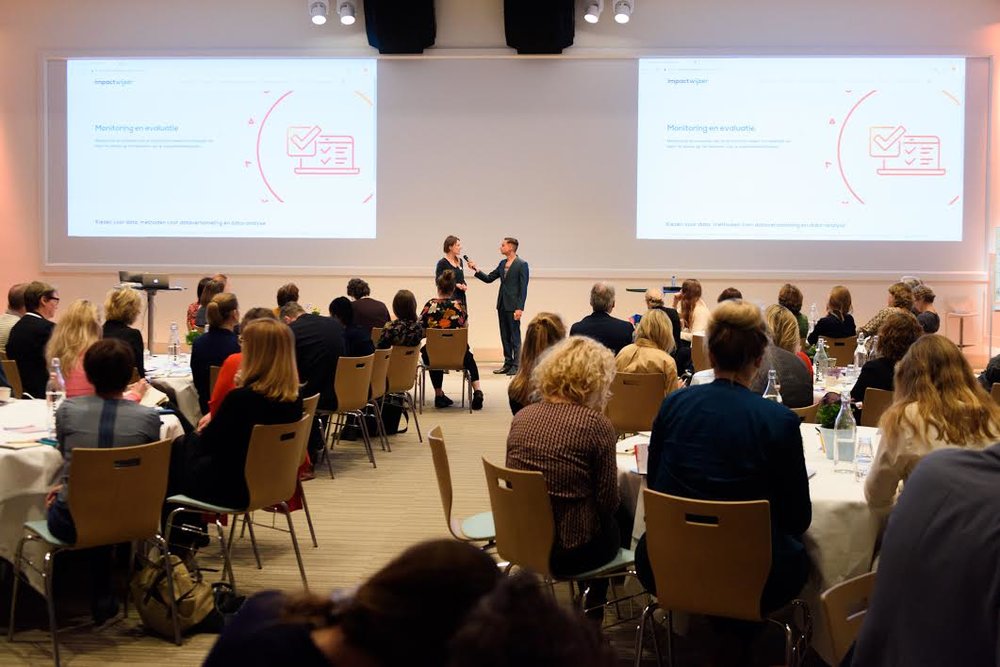More and more organizations are working on sustainability and social impact, and link this to the Sustainable Development Goals (SDGs): the 17 sustainable development goals that were launched by the UN in 2015 as an action agenda up to 2030. The SDGs provide a good starting point for sustainable strategy, measuring results and reporting: but where do you start? In this blog series, we share some examples of our customers and how we support them to anchor SDGs more firmly in their organizations.
In this blog: an SDG strategy and Theory of Change for Oneplanetcrowd and StartGreen Capital. About Oneplanetcrowd and StartGreen CapitalOneplanetcrowd and StartGreen Capital stimulate the transition to a sustainable and inclusive economy by financing innovative entrepreneurs and facilitating investors. They offer ‘more than money’ (in addition to financing, including business support, network and strategic advice), helping entrepreneurs to contribute to the creation of a sustainable society for people and the environment and, more specifically, to one or more of the Sustainable Development Goals.
Theory of Change as an SDG strategyThe wish of Oneplanetcrowd and StartGreen was to make more explicit how the investments and activities of both organizations contribute to the SDGs. The reasons? On the one hand to clarify the strategy and vision internally and to link objectives to this, but also to communicate clearly to external stakeholders who Oneplanetcrowd and StartGreen Capital are there for and how they create social value.

Sinzer thus helped StartGreen and Oneplanetcrowd to draw up a Theory of Change at the organizational level: a visual description of the activities that the organization undertakes, and how these lead to certain effects (outcomes) and social objectives in the short and longer term.
Strategy and then? The next step is to translate the strategy and Theory of Change into measurable indicators and targets to monitor and report on the realization of the social objectives, more about this in the next blog of this series. Knowing more? Would you like to know more about Oneplanetcrowd’s vision on SDGs, and the reasons and the process surrounding strategy and measuring the SDGs? Then read Oneplanetcrowd’s blog, including an interview with Sinzer, here: https://www.oneplanetcrowd.com/nl/blog/zo- Maken-we-uw-en-onze-impact-meetbaar
#socialinnovation #peace #love #consulting #sdgs #mba #wbs #bradfordturner #thesectorinc #uwo #toronto #thesix #impactinvesting #socialfinance #SROI #fundraising


